Wood Duck Decoys For Sale – But in the end, whether it’s an item or an individual, the process of being “for sale” is a negotiation of worth, a moment of exchange. Whether it’s an item, a service, or even a person, the act of being “for sale” represents a moment of transition, a shift from one stage of life to another. It may have been passed down, carefully preserved, and lovingly maintained. It’s about letting go of something that no longer serves a purpose, while opening the door for something new to take its place. The environmental benefits of buying second-hand goods go beyond just reducing the need for new production. The business-for-sale market continues to evolve, influenced by economic trends, technological advancements, and shifts in consumer behavior, but one thing remains clear: buying and selling businesses will always be a fundamental part of the global economy. People often feel like they are for sale, too, in various ways. Quality goods for sale are not just limited to luxury items or high-end brands. The concept of a circular economy, where products are reused and repurposed instead of discarded, is central to the appeal of second-hand goods. The notion suggests a world where anything and everything, regardless of its intrinsic value, can be bought, sold, or traded. The production of new goods often requires significant resources, such as raw materials, energy, and labor, while also generating waste and contributing to pollution. Relationships can become transactional, where each party enters into an agreement based on what they stand to gain. Social media platforms, for example, offer users a chance to buy into their own identity, to curate a version of themselves that is more appealing, more desirable, more marketable. The online second-hand market has also made it possible for people to buy and sell niche items that may not be available in local stores. These generations are more aware of the environmental impact of fast fashion, disposable goods, and the need to adopt more sustainable practices. In some cases, selling second-hand items can be a way to make a significant profit, especially if the items are rare, vintage, or in high demand. Whether buying vintage clothing, upcycled furniture, or pre-owned electronics, the growing popularity of second-hand shopping reflects a broader desire for more sustainable, creative, and conscious ways of living. This subjective nature of value is what makes the “for sale” market so dynamic. Everything for sale. Even objects with little intrinsic value can be sold with great meaning.
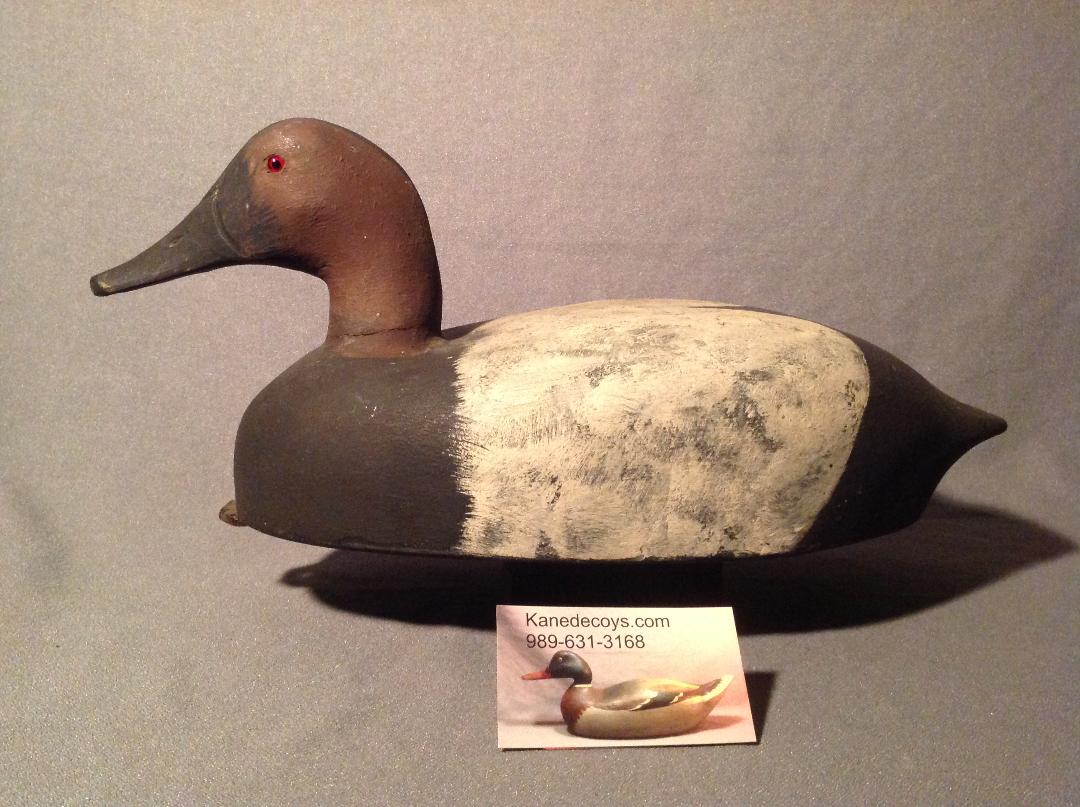
Old Duck Decoys for sale
Helped over 8mm worldwide12mm+ questions answered

Hand Carved Wood Duck Drake Premier Full Size Duck Decoy Darby Creek
Helped over 8mm worldwide12mm+ questions answered

Decorative Carved Wood Duck Decoys Etsy
Helped over 8mm worldwide12mm+ questions answered
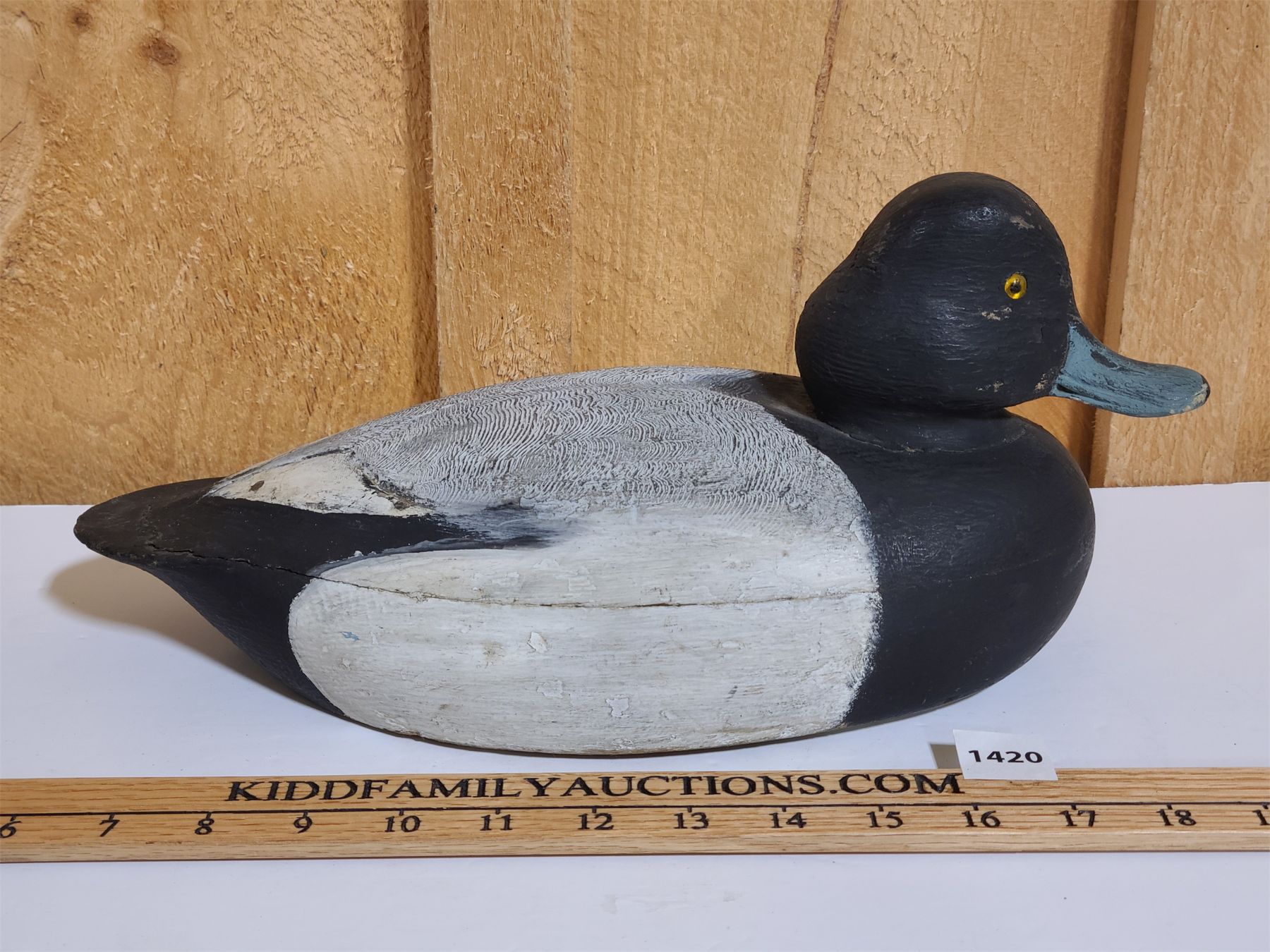
KEN ANGER CARVED WOODEN DUCK DECOY BLUEBILL DRAKE
Helped over 8mm worldwide12mm+ questions answered
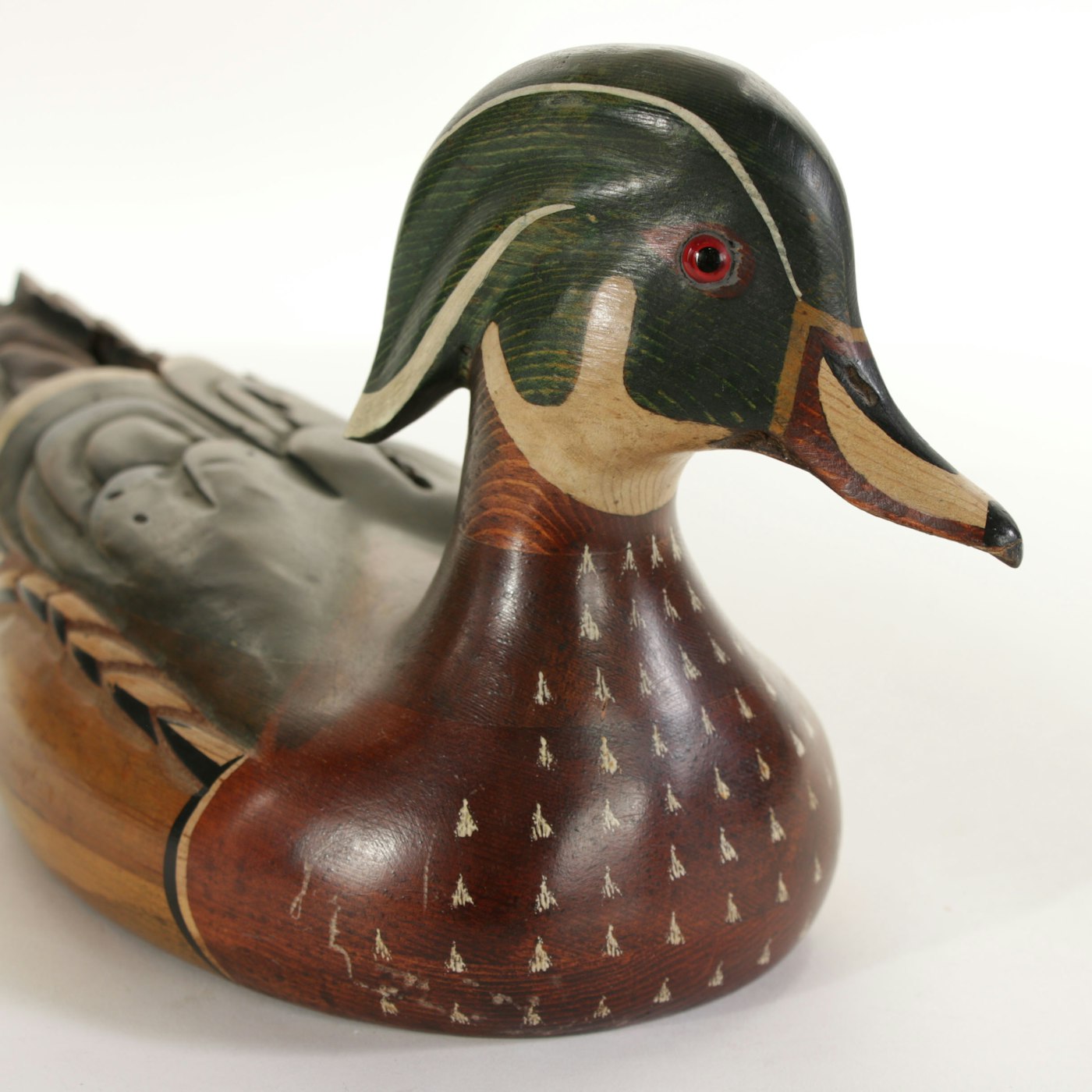
Ducks Unlimited Carved Wooden Duck Decoy by Tom Taber, 1980s EBTH
Helped over 8mm worldwide12mm+ questions answered

Hand Carved Wood Duck Drake Premier Full Size Duck Decoy Darby Creek
Helped over 8mm worldwide12mm+ questions answered
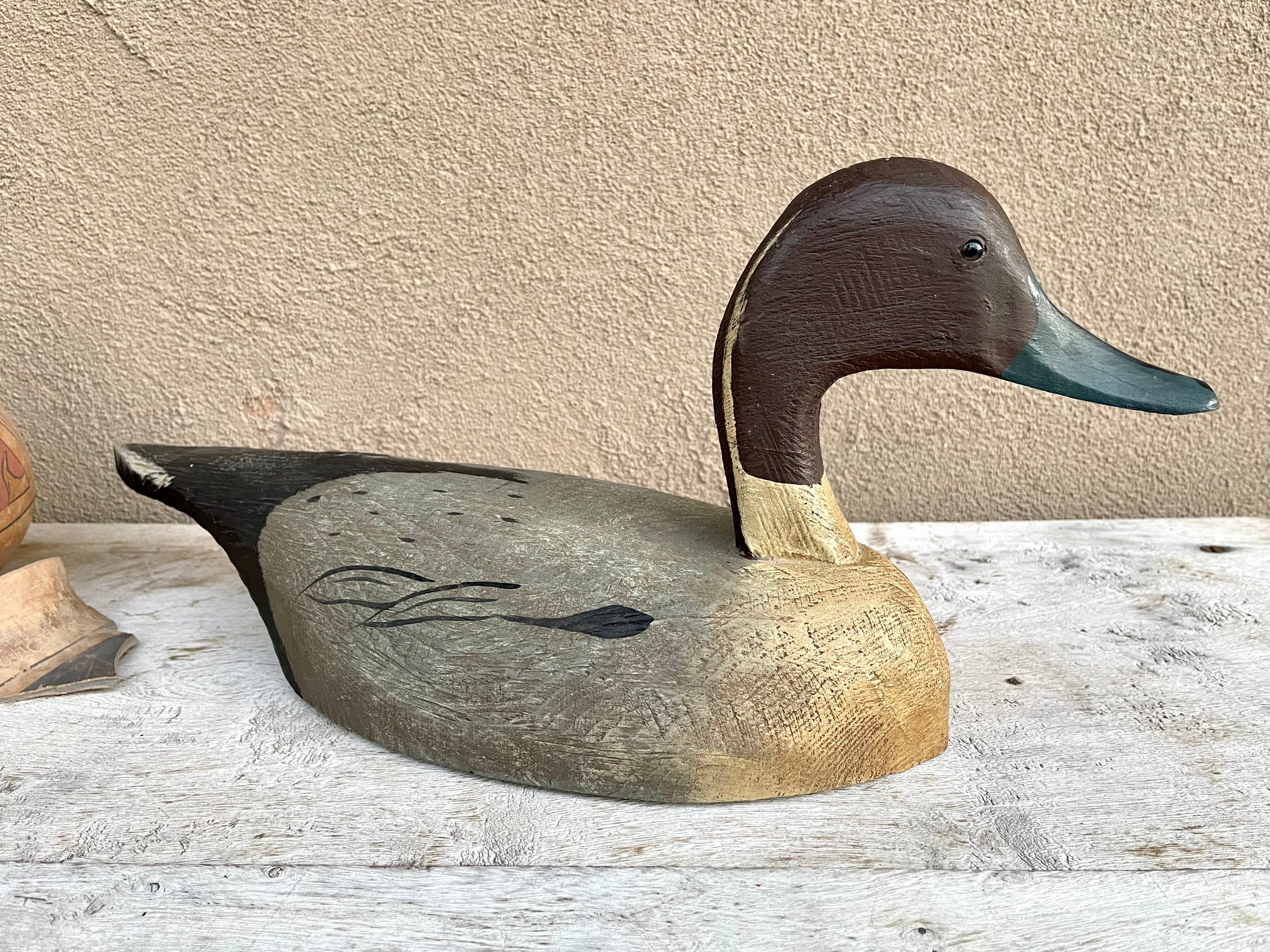
Vintage Two Handcrafted Wood Duck Decoys Rustic Folk Art, 55 OFF
Helped over 8mm worldwide12mm+ questions answered

Pair of decorative wood ducks by Frank N. Muller.
Helped over 8mm worldwide12mm+ questions answered
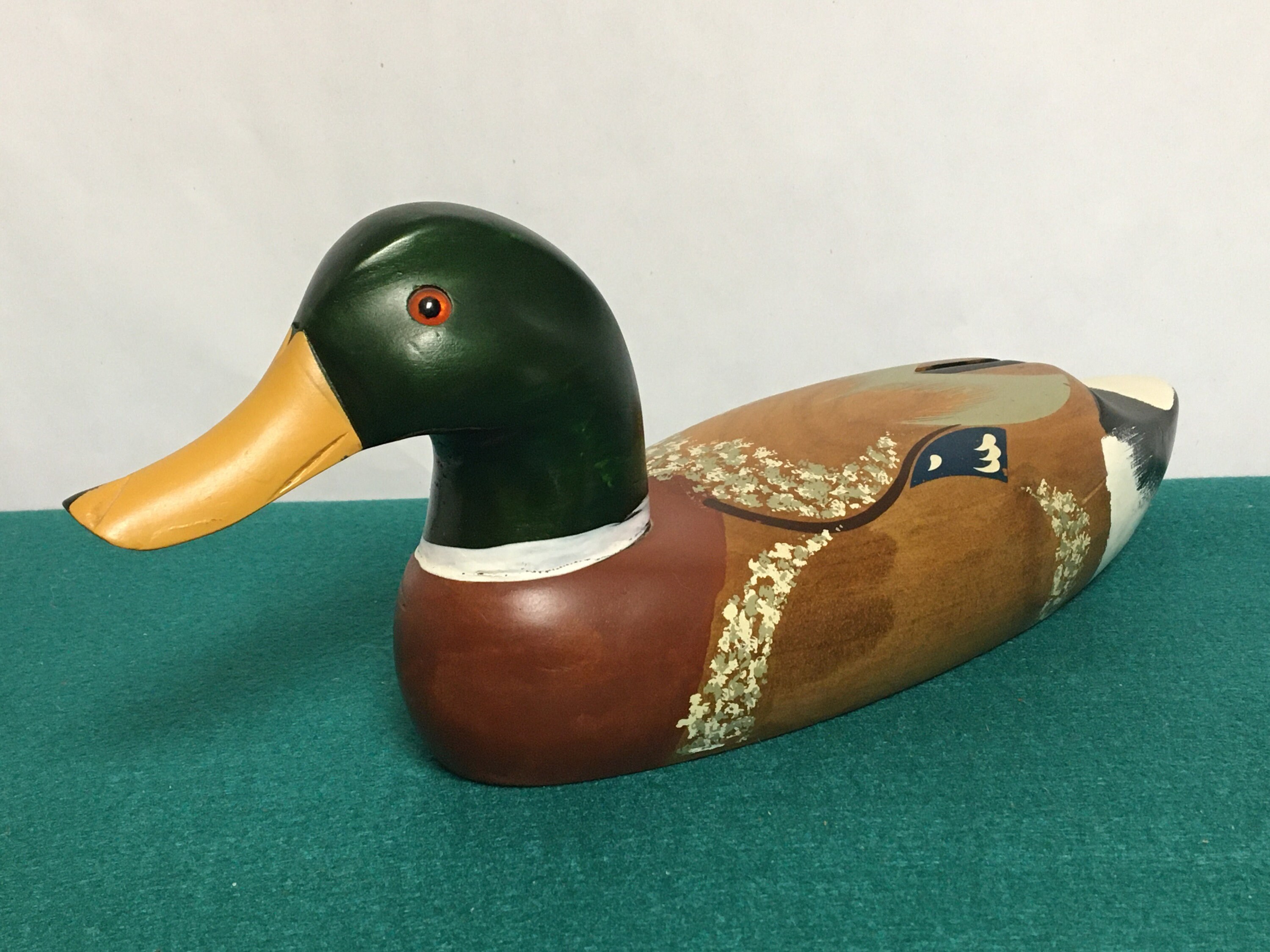
Emson Duck Decoy, Hand Carved Wooden Duck Decoy, Hunting Decoy, Drake
Helped over 8mm worldwide12mm+ questions answered
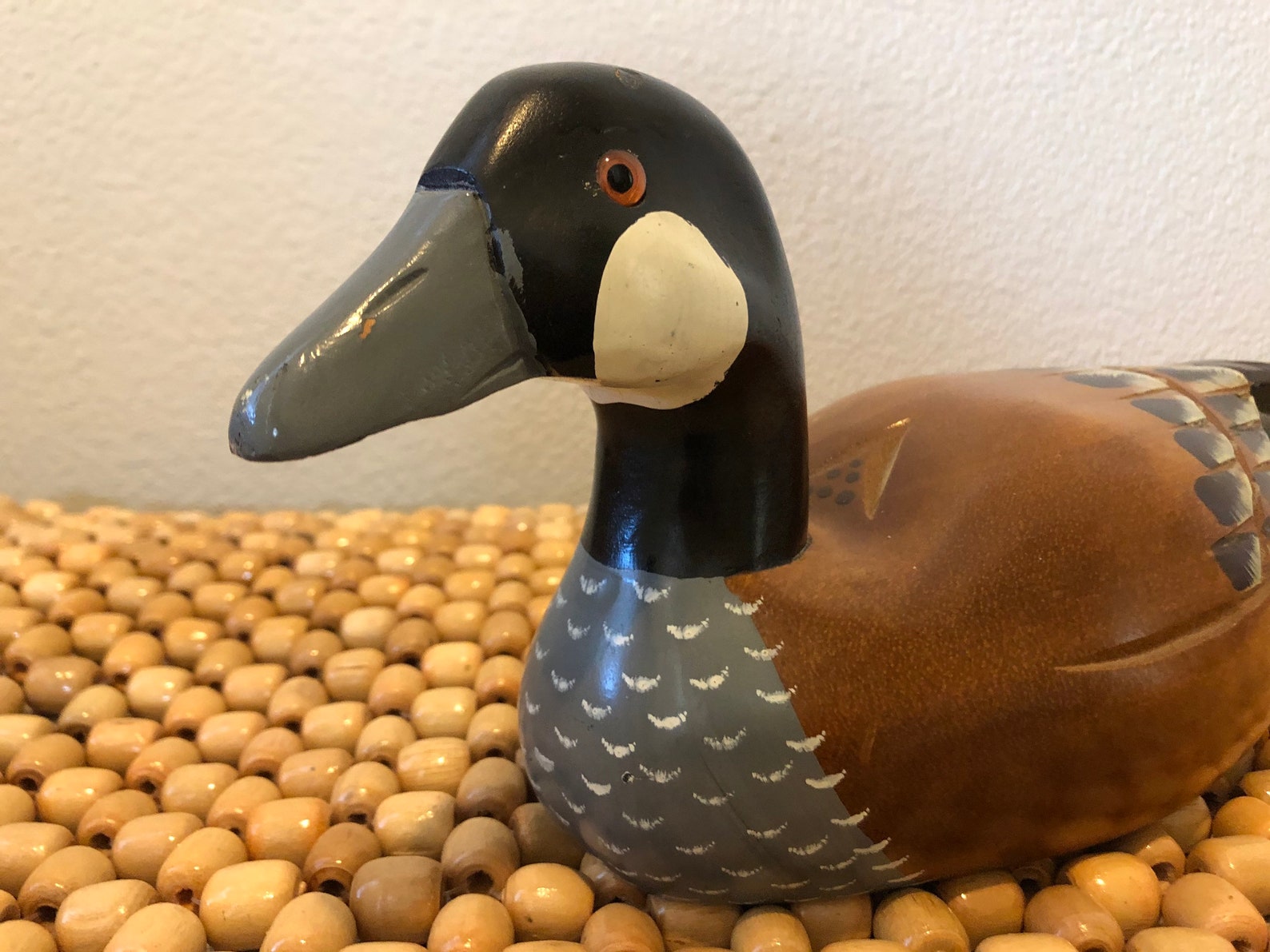
Vintage Hand Carved Wood Duck Decoys. Etsy
Helped over 8mm worldwide12mm+ questions answered
For the seller, the goal is to achieve the highest price possible for the business, while for the buyer, the goal is often to secure a fair price that reflects the true value of the business. This has opened up new opportunities for small businesses to thrive and for consumers to access unique, well-made items that they might not have encountered otherwise. The car represents possibility, and when it changes hands, it takes on new significance, a new role in a different life. To mitigate this risk, buyers should ask for detailed photos, read product descriptions carefully, and inquire about the condition of the item before making a purchase. But the price of quality goods can often be a barrier for many. The focus on longevity and reliability is what sets these goods apart from their mass-market counterparts. People place their belongings for sale for many reasons. Another key benefit of second-hand goods is their positive impact on the environment. Technological advancements and shifts in consumer behavior can also impact the types of businesses that buyers are interested in. Websites like eBay, Craigslist, Facebook Marketplace, and Poshmark have made it easier than ever for individuals to sell their unwanted items and for buyers to find exactly what they are looking for. The result is a society that increasingly prioritizes consumption over connection, profit over meaning, and exchange over understanding. It involves an in-depth understanding of the business’s financials, operations, and market position. Even in a marketplace where everything is commodified, there is still room for those moments and experiences that transcend value. In some cases, selling second-hand items can be a way to make a significant profit, especially if the items are rare, vintage, or in high demand. Similarly, in relationships, individuals may feel as though they are selling themselves, presenting their best qualities and hoping for the best outcome. Every click, every like, every follow, is part of an ongoing transaction. It’s easy to understand why people seek out quality goods for sale. Despite the many advantages of buying and selling second-hand goods, there are some challenges that both buyers and sellers must navigate. This can bring about feelings of uncertainty, as there’s no guarantee that the right buyer or partner will come along. When someone talks about purchasing quality goods, they are likely thinking of items that have been designed to last, to provide a superior experience, and to offer a sense of value far beyond the initial cost.
Social movements and grassroots organizations work tirelessly to provide resources and support to those who need it, often without expecting anything in return. For environmentally conscious consumers, buying second-hand is not just a cost-effective choice, but a way to make a positive contribution to the planet. The appeal of finding a hidden gem, something that has been cherished by someone else and is now available for a new owner, is a part of the allure of second-hand goods. However, it’s also important to recognize the darker side of this freedom. Whether through their durability, aesthetic appeal, or the values they embody, these products go beyond simple transactions. For sellers, online platforms provide a global marketplace, allowing them to reach a wider audience than they would through traditional brick-and-mortar stores. Many factors can influence the negotiation, such as the business’s financial performance, industry trends, and the level of interest from other buyers. It’s a moment of transition, and as with all transitions, it brings with it both excitement and uncertainty. However, there’s also an argument to be made that, over time, quality goods are often more economical in the long run. For those who enjoy the tactile experience of shopping and the sense of discovery that comes with it, thrift stores offer a personal and immersive way to shop for second-hand items. Thrift stores, consignment shops, and online marketplaces like eBay and Poshmark provide a platform for people to sell or buy pre-owned high-quality goods. In a world dominated by fast fashion, disposable electronics, and mass-produced items, many people are beginning to question the value of constantly purchasing new products. Many quality goods are made by artisans or small businesses who take the time to create products that reflect their expertise and passion. Whether it’s the sleek lines of a designer chair or the intricate patterns on a handwoven rug, quality goods are often as much about aesthetics as they are about functionality. Art, music, literature — these expressions of human creativity and emotion are not always bound by the rules of commerce. This subjective nature of value is what makes the “for sale” market so dynamic. There are communities that exist outside the realm of traditional commerce, where sharing, collaboration, and mutual support take precedence over profit. In a circular economy, items are kept in use for as long as possible, reducing the need for new resources and minimizing environmental harm. It’s a world where even personal growth, self-actualization, and emotional healing are framed as commodities, available for purchase at any time, but only if you’re willing to pay the price. When everything becomes a transaction, we risk losing sight of what truly matters.